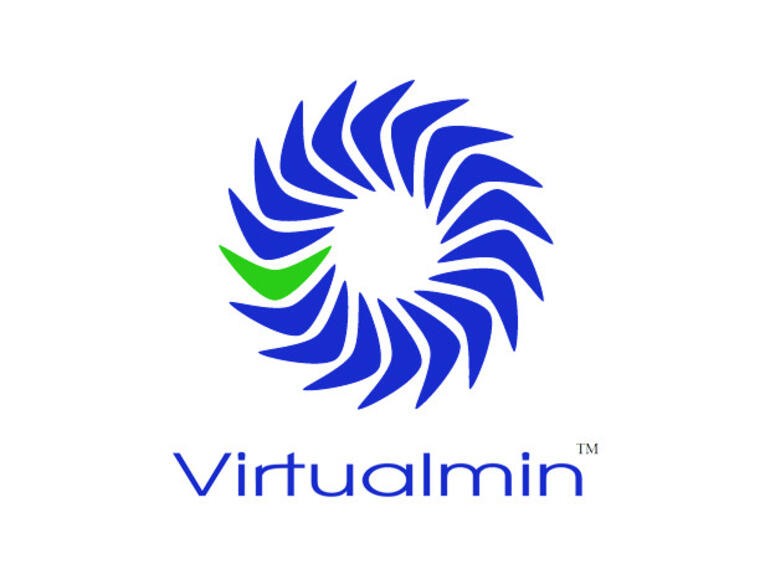Virtualmin Control panel common installation errors are package manager errors, /tmp directory is mounted noexec, ClamAV outdated error, and so on.
Here at Ibmi Media, as part of our Server Management Services, we regularly help our Customers to fix Virtualmin related errors.
In this context, we shall look into how to resolve Virtualmin issues.
Some Virtualmin common installation errors and fixes?
Most of the time, the installation errors occur due to network connectivity, package management, or attempting to run the install script on an unsupported operating system or architecture.
Here are the different errors that occur and ways to tackle it.
1. Third-Party Repositories and Package Conflicts
i. If configure the package manager to use non-OS package repositories, or if you install alternative versions of packages before installation, conflicts might occur during installation.
ii. If you are willing to use non-OS standard packages, they should be installed after the installation of Virtualmin. Also, you should add an exclude directive to the yum or apt-get configuration in order to ensure similar conflicts do not happen in the future.
iii. If you are using non-OS standard packages, you may need to configure the relevant Webmin module to make it aware of the location of the configuration files.
2. Package Manager Errors (signed errors, failed to download comps.xml file)
Sometimes package manager metadata might break. So try to clean the metadata to see if it resolves the problem. Here are the respective commands.
On RHEL/CentOS systems:
# yum clean allOn Debian/Ubuntu systems:
# apt-get clean; apt-get updateThen try the installation again.
3. /tmp directory is mounted noexec
Before running install.sh, if you have run any so-called “hardening scripts” on your system then your /tmp directory may be mounted noexec. It is good to run the install script on a freshly installed supported Operating System, as this particular issue can be resolved.
If this is the case then the install script cannot complete. Then /tmp will need to be remounted to allow executables.
To do that:
# mount -o remount,exec /tmpIf you want to switch back to the original settings after installation, you can use this command to reset the noexec option:
# mount -o remount,noexec /tmp4. ClamAV outdated errors
Generally, upstream developers keep updating ClamAV. Your OS repository may not have the latest version, which causes ClamAV throw some warnings. These warnings are non-fatal, and can generally be safely ignored.
If you are using CentOS, the ClamAV packages come from repositories supported by Virtualmin. This gets updated every few weeks, as time and testing schedules allow. So, if you come across this error, it will go away with the next update.
5. ClamAV ERROR: Could not lookup: Servname not supported for ai_socktype
There are two scan executables: clamscan and clamdscan. The second one relies on the ClamAV-daemon – system service. In case, if you shut down this service and try to scan a file with the clamdscan executable in fact you will get this error.
# service clamav-daemon startWe suggest working around it by starting the clamd service from the command line on CentOS 7 systems:
# systemctl start clamd@scanThen try again in the post-install wizard. The user who runs the scan must be in the Unix group clamscan.
# usermod –groups clamscan –append[Need urgent assistance with Virtualmin errors? We will help you.]
Conclusion
This article will guide you on the different common errors in Virtualmin / Webmin and their fixes.
This article will guide you on the different common errors in Virtualmin / Webmin and their fixes.












